Description
| Species | Morchella rufobrunnea |
| Difficulty ℹ️ | 🍄🍄🍄🍄 |
| Spore Coloration | Yellow |
| Ecology | Saprotrophic |
| Edibility | Choice |
Morchella rufobrunnea, commonly known as the blushing morel, is a species of ascomycete fungus in the family Morchellaceae. A choice edible species, the fungus was originally described as new to science in 1998 by mycologists Gastón Guzmán and Fidel Tapia from collections made in Veracruz, Mexico. Its distribution was later revealed to be far more widespread after several DNA studies suggested that it is common in the West Coast of the United States, Israel, Australia, and Cyprus. M. rufobrunnea grows in disturbed soil or in woodchips used in landscaping, suggesting a saprophytic mode of nutrition. Reports from the Mediterranean under olive trees (Olea europaea), however, suggest the fungus may also be able to form facultative tree associations. Young fruit bodies have conical, grayish caps covered with pale ridges and dark pits; mature specimens are yellowish to ochraceous-buff.
The surface of the fruit body often bruises brownish orange to pinkish where it has been touched, a characteristic for which the fungus is named, the New Latin rufobrunnea signifying “rufus brown”. Mature fruit bodies grow to a height of 9.0–15.5 cm (3.5–6.1 in). M. rufobrunnea differs from other Morchella species by its urban or suburban habitat preferences, in the color and form of the fruit body, the lack of a sinus at the attachment of the cap with the stipe, the length of the pits on the surface, and the bruising reaction. A process to cultivate morels now known to be M. rufobrunnea was described and patented in the 1980s.
A predominantly saprophytic species, Morchella rufobrunnea fruit bodies grow solitary or in clusters in disturbed soil or woodchips used in landscaping. Large numbers can appear the year after wood mulch has been spread on the ground. Typical disturbed habitats include fire pits, near compost piles, logging roads, and dirt basements. Fruiting usually occurs in the spring, although fruit bodies can be found in these habitats most of the year.
In the American continent, Morchella rufobrunnea ranges from Mexico through California and Oregon. It has been hypothesised to have been introduced to central Michigan from California and is one of seven Morchella species that have been recorded in Mexico. In 2009, Israeli researchers used molecular genetics to confirm the identity of the species in northern Israel, where it was found growing in gravelly disturbed soil near a newly paved path at the edge of a grove.
This was the first documented appearance of the fungus outside the American continent. Unlike North American populations that typically fruit for only a few weeks in spring, the Israeli populations have a long-season ecotype, fruiting from early November to late May (winter and spring). This period corresponds to the rainy season in Israel (October to May), with low to moderate temperatures ranging from 15–28 °C (59–82 °F) during the day and 5–15 °C (41–59 °F) at night.
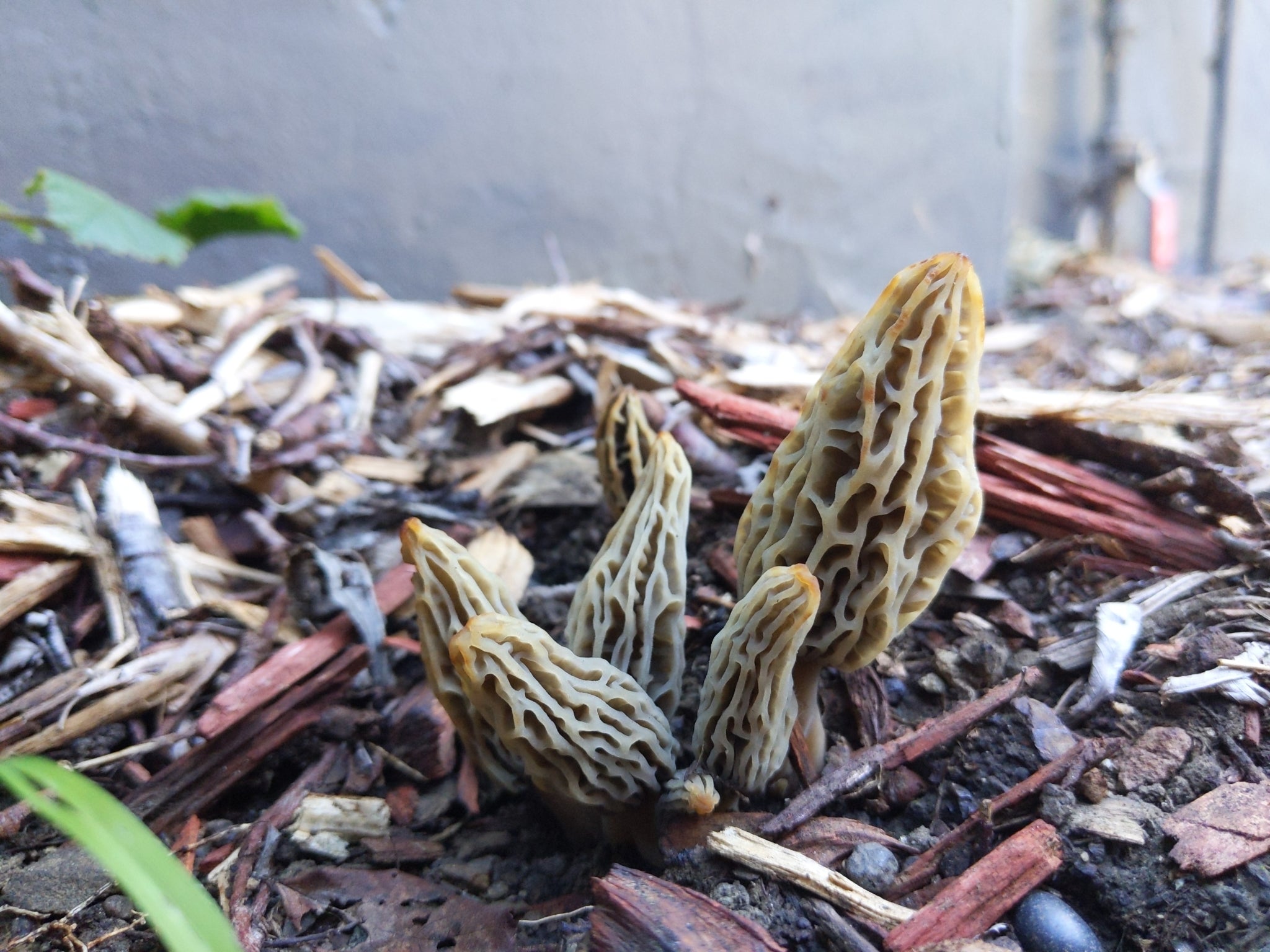


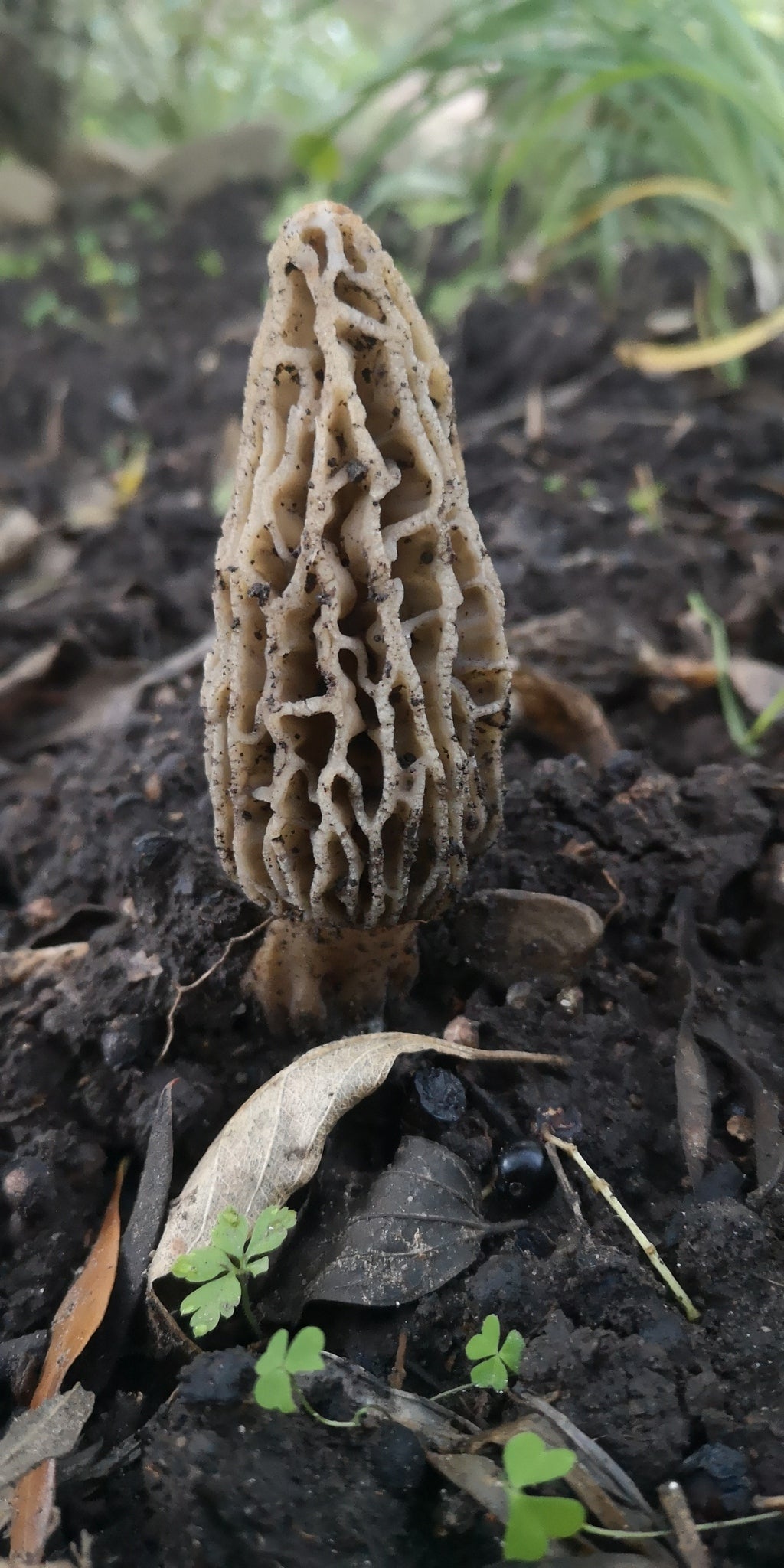

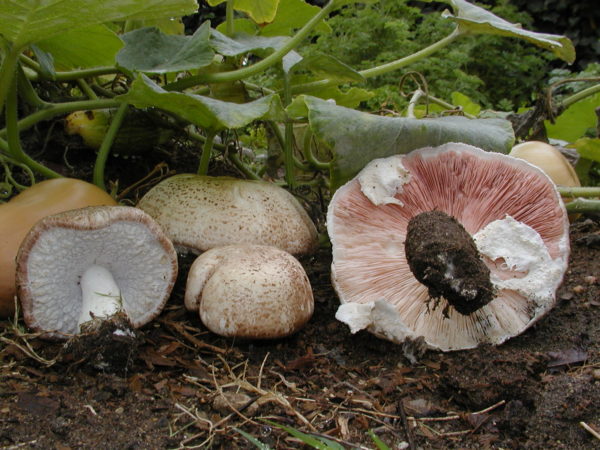
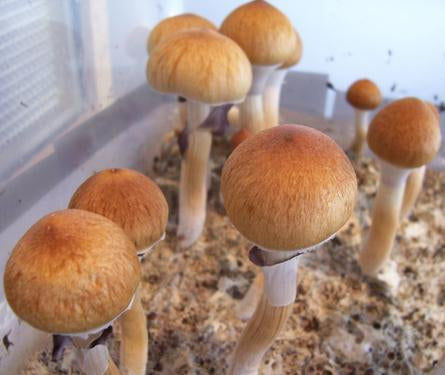
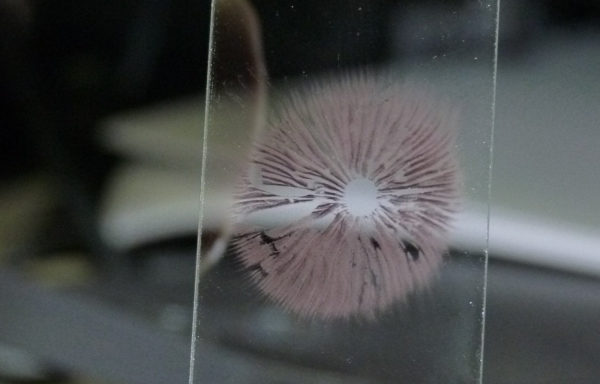
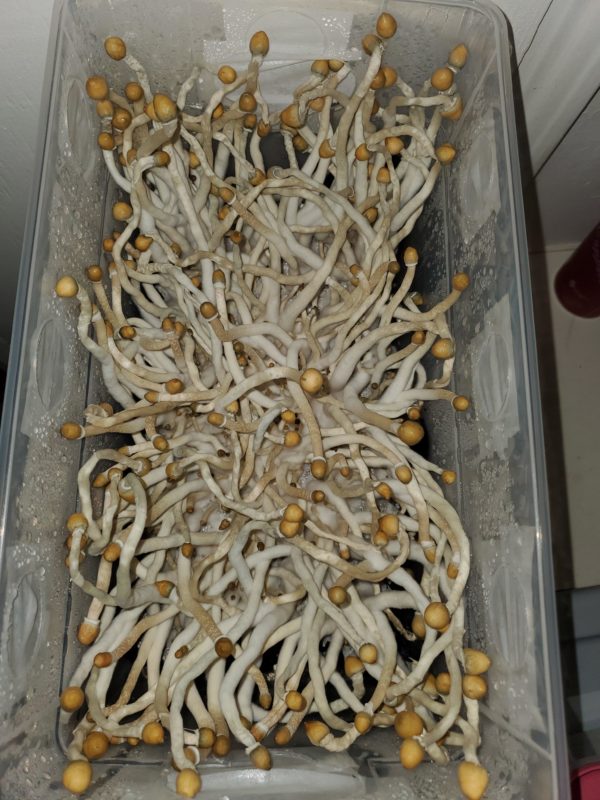
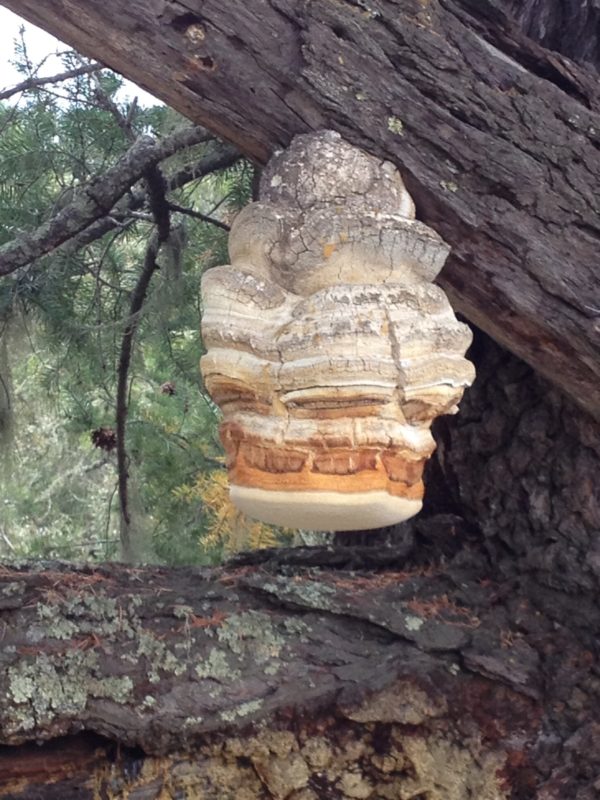
Reviews
There are no reviews yet.